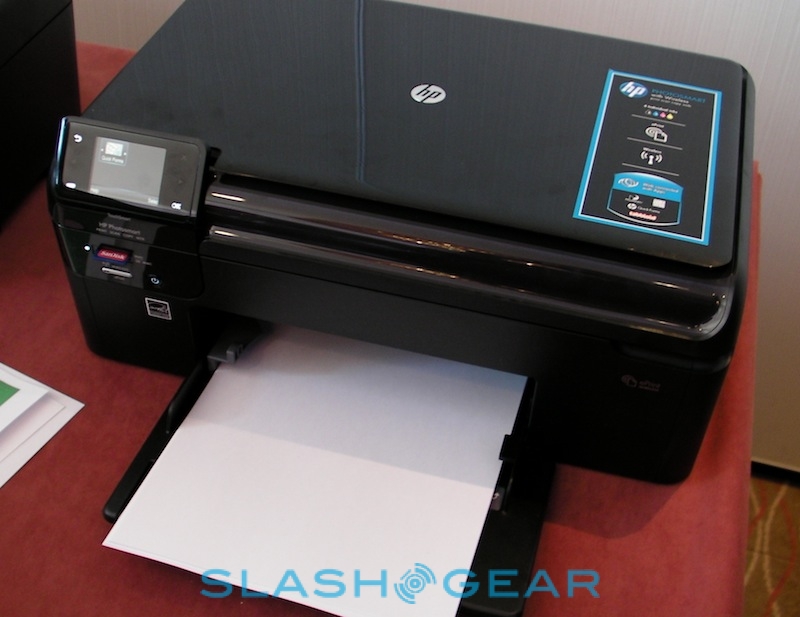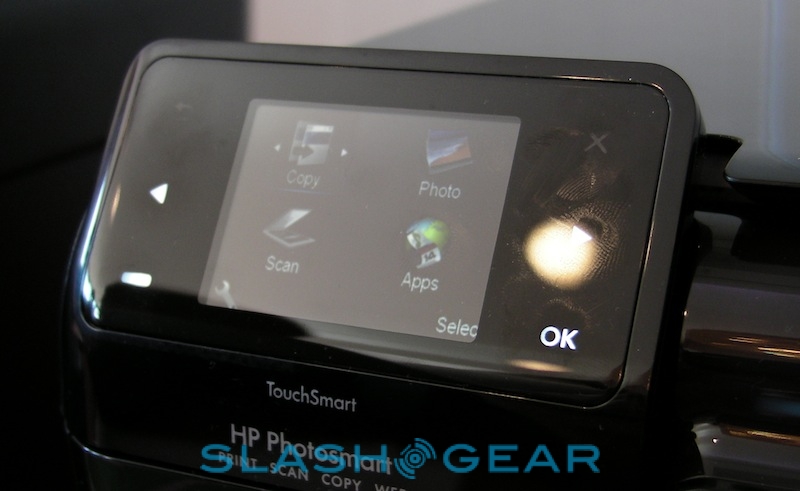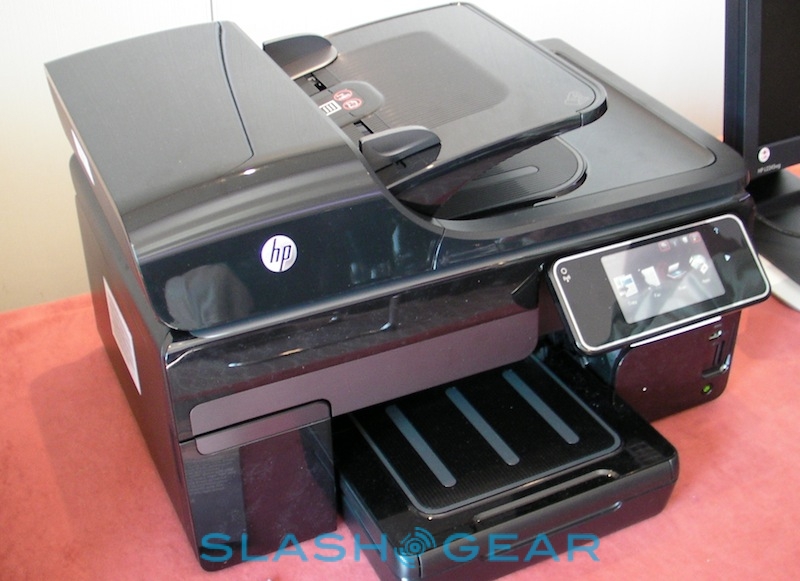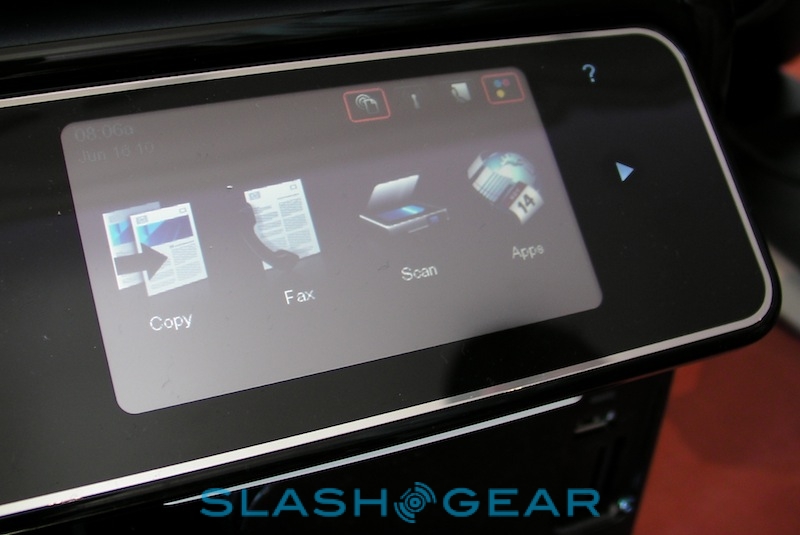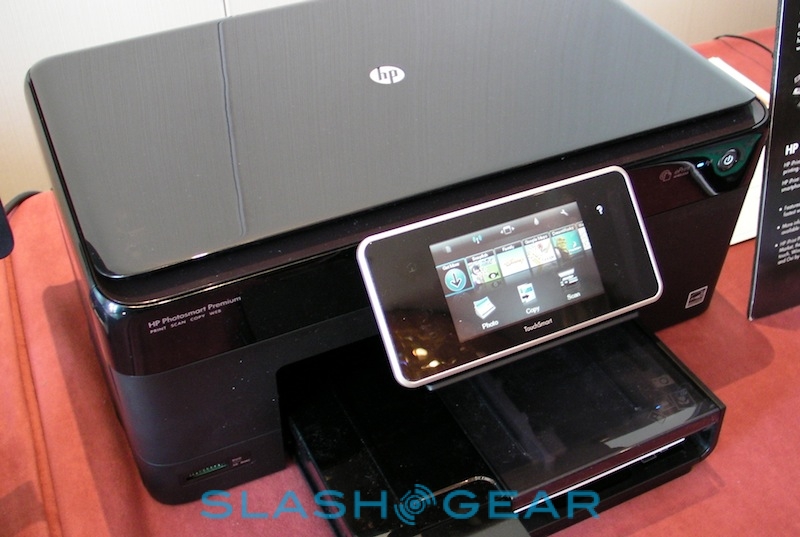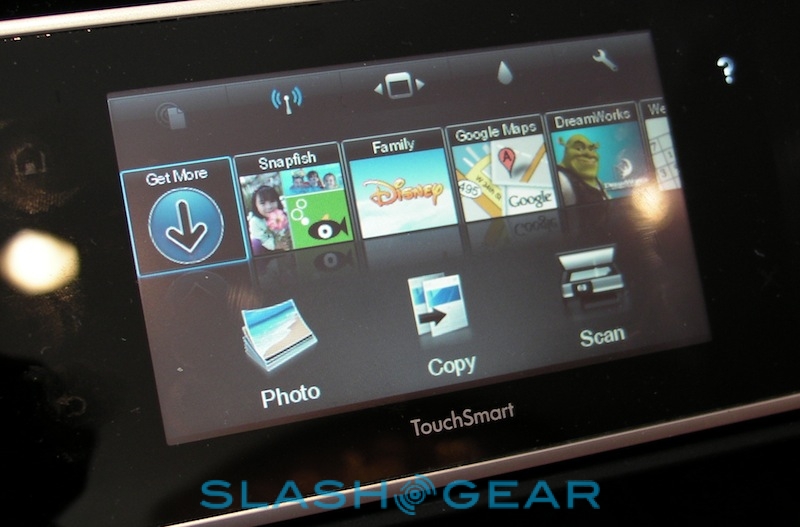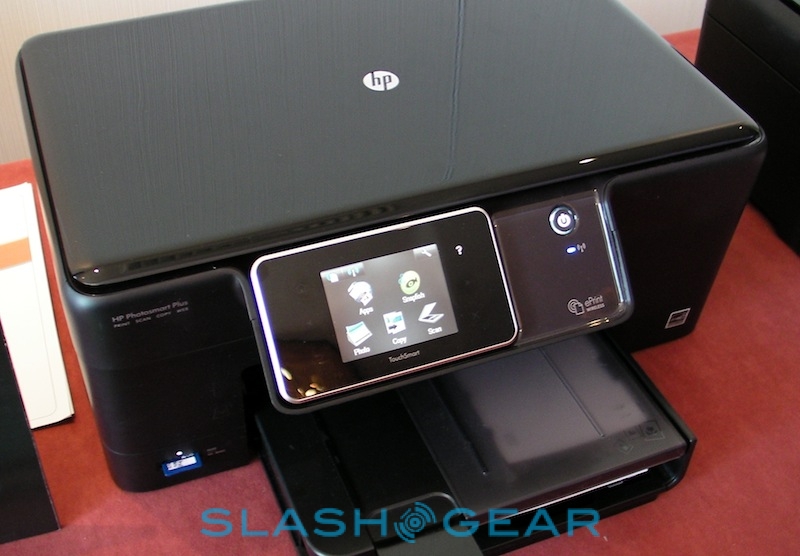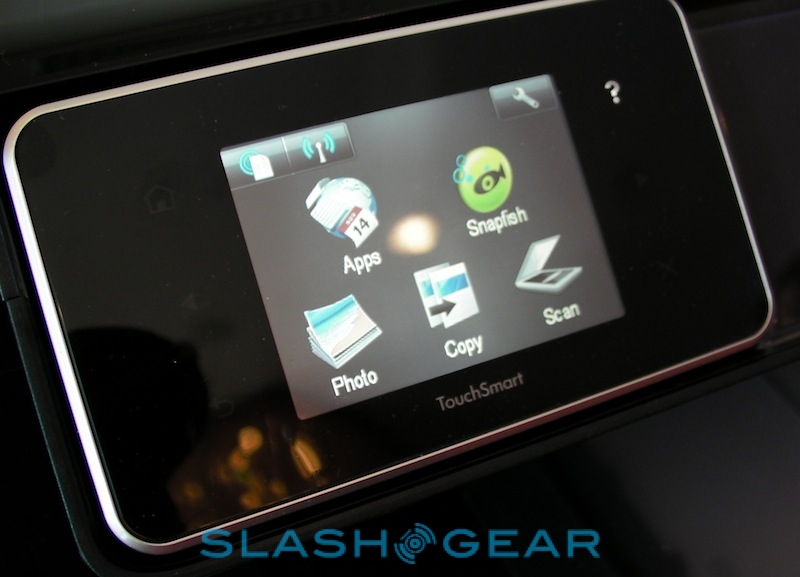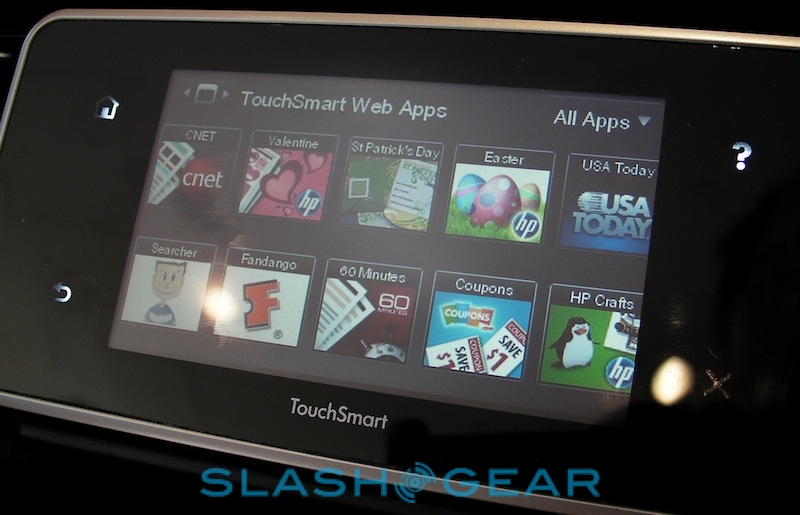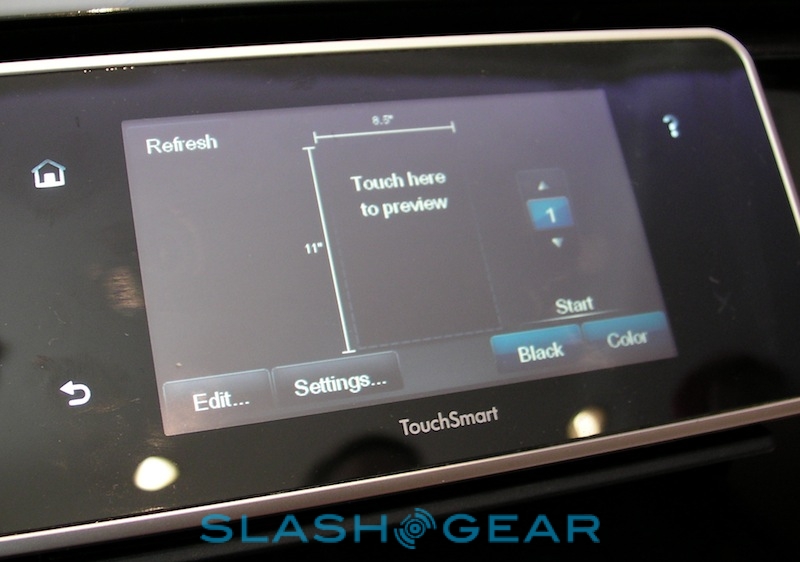HP ePrint Hands-On [Video]
We have to admit, when HP announced their new ePrint line-up last week, we did wonder about whether giving printers their own email addresses was taking wireless technology one step too far into the mundane. Having played with the new line-up today, we're may not quite be 100-percent convinced, but at least we know the system works. After the cut, why your printer might end up your most frequent correspondent, and how HP hope to distract your offspring.Video demo after the cut
HP's strategy is pretty simple. People are spending more and more of their time on various companion devices, many of which – like smartphones or Apple's iPad – lack traditional printer support. To cater to that market (and to sell a few more cartridges, naturally) they've come up with ePrint, set to be a standard feature on all HP printers priced above $99/€99/£99 from hereon in.
ePrint basically allows you to register your new HP printer with the company's cloud service, where it's given a unique email address. Any document you email to that address, as an attachment, is printed out; basically, as long as your cellphone or tablet (or indeed anything else) can send an email, you can print from it. In addition, the printers – each of which has integrated WiFi and a touchscreen of some dimension – can access HP's new ePrint app store, full of widget-style software that can be used to print off maps, the latest news stories, coloring patterns for children and recipes. Prints can also be scheduled, so that you have the latest news ready to read on the commute or a new puzzle in time for your kids getting home from school.
HP ePrint all-in-one demo:
[vms f71b73125876103c8f6c]
It's an ambitious plan, though v1.0 is still relatively limited in its scope. HP say they're concentrating initially on making it simple to use, and it's certainly that; unfortunately in the process it lacks certain key printing options that people are used to. To avoid spam you can set up a whitelist of approved senders and/or a blacklist of blocked senders; however there's no way to selectively print certain pages from a document. If, say, you have a 300 page PDF on your phone, there's no way to only have your printer produce hard copies of select page ranges. What's needed is a way to specify particular pages in the subject line, perhaps (similar to how Evernote allows you to email notes and specify which tags that note should have). There's also a shortage of two-way communication with the printer: it will send out an acknowledgement email to say its received the print job, and another if there's an error, but HP have missed a trick and not included any paper or ink status updates in those messages.
Still, it's early days, and HP are obviously hoping they'll get developer interest – there's already an SDK out for those wanting to create their own apps, currently free but with paid-app support in the pipeline – as more users bring the technology home. The company expects to sell "tens of millions" of ePrint-enabled models, with SMB printers due later in the year (both inkjet and laser) since the service will be a standard feature rather than a premium option.
The service is also compatible with Google's Cloud Print for upcoming Chrome OS netbooks – the Google Cloud OS layer will pass documents on to HP's ePrint cloud layer, which will handle the rendering – and there's direct Google Docs access from the printers' touchscreen (together with Flickr gallery browsing and other services). In addition, you'll be able to send scanned documents from the all-in-one printers to your Google Docs store. Planned services include ad-supported pages and coupons, and since all that functionality is based in the cloud layer, the ePrint printer you buy today should be able to access them tomorrow. We also asked HP about the transition between the current proprietary platform and webOS-based models, and while they wouldn't be drawn on exact plans, they did say that any current apps would be able to run on future webOS printers (and vice versa).
There are more details on the four initial printers themselves here and the ePrint service here.

